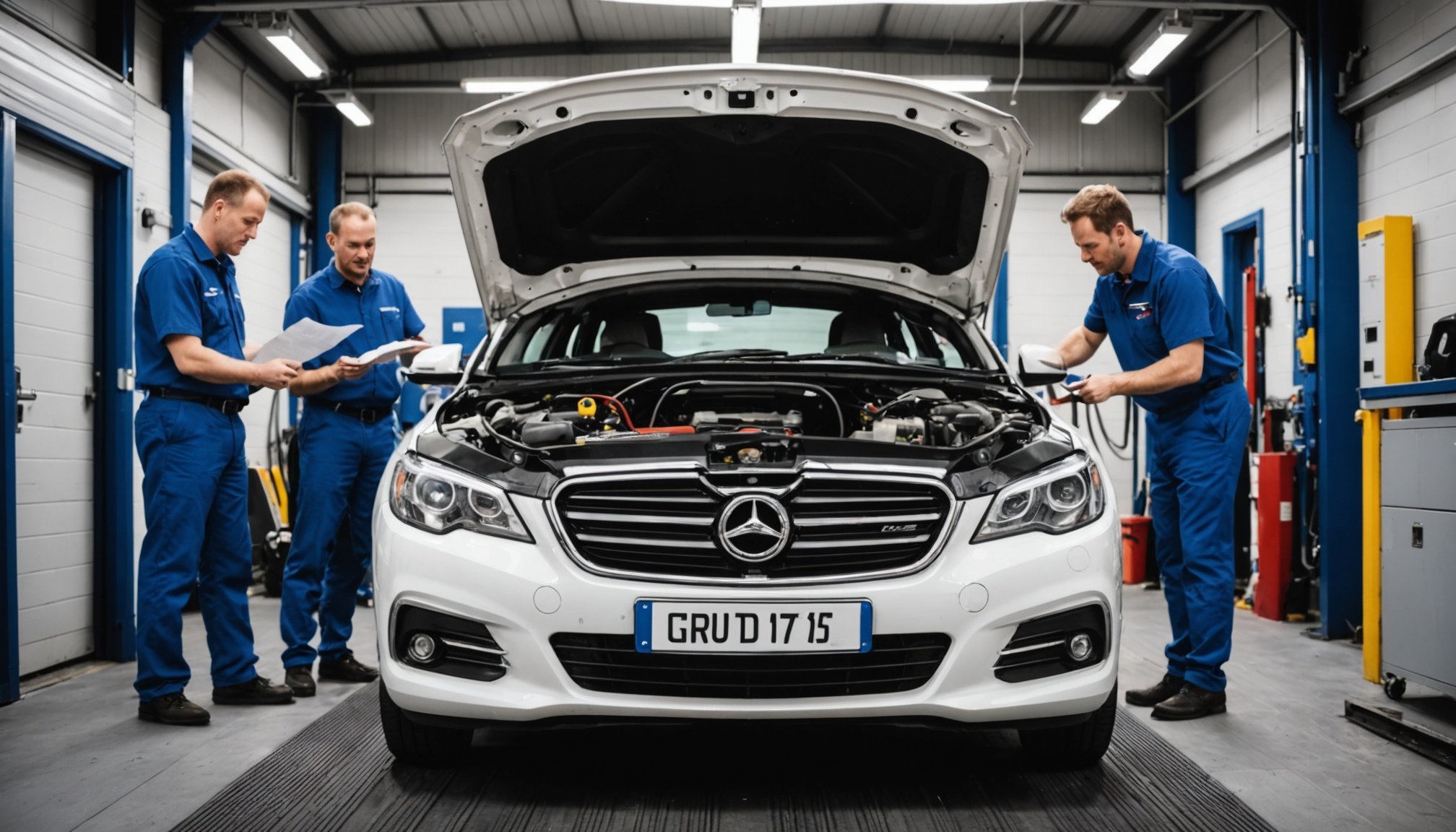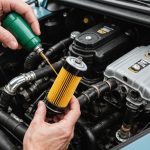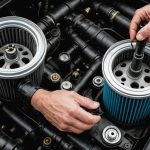Understanding the UK MOT Emissions Test
The MOT emissions test plays a crucial role in ensuring that vehicles on UK roads comply with environmental standards. Governed by UK vehicle regulations, the test assesses whether a vehicle’s emissions are within acceptable limits. This process helps combat air pollution and maintains public health. The test includes a series of checks on various emissions components, such as the catalytic converter and exhaust system, to ensure that they are functioning correctly.
Key regulations require vehicles to meet specific emissions compliance standards to pass the MOT emissions test. If a vehicle fails, it must undergo necessary repairs to meet these standards. Failure to comply can result in fines or driving prohibitions. The government has established regulations based on vehicle type, age, and fuel type, emphasizing reducing harmful emissions.
Also to read : Unlock your savings: the ultimate guide to utilizing uk park and ride solutions for cost-effective city commuting
Failing the MOT emissions test has significant implications. It not only affects a vehicle’s roadworthiness but also incurs potential legal repercussions. Vehicle owners are encouraged to maintain regular servicing to monitor emissions levels, ensuring their vehicles always meet UK vehicle regulations. Regular checks on critical emissions components can aid in avoiding test failures and maintaining compliance, contributing to a cleaner environment.
Preparing Your Vehicle for the Emissions Test
To ace the emissions test, the key is vehicle preparation. Let’s explore the steps and checks necessary to ensure your vehicle’s emissions components are in top shape.
Topic to read : Maximize your car”s efficiency: the ultimate uk guide to fuel savings through telematics
Essential Maintenance Steps
Regular servicing is crucial in reducing emissions. It ensures your vehicle performs optimally and adheres to regulations. Start with checking air filters and spark plugs. These components affect the air-fuel mixture and combustion efficiency, respectively. Neglecting them may lead to increased emissions. Cleaning or replacing both can substantially enhance performance. Additionally, clean fuel injectors to ensure precise fuel delivery, boosting efficiency and reducing pollutant levels.
Key Components to Inspect
Inspect the emissions control components carefully. Begin with the catalytic converter, which neutralizes harmful gases. Ensure it’s functioning properly, as a malfunction leads to emission spikes. Regularly examining the exhaust system for leaks or damage is also vital. Another essential aspect is the on-board diagnostics (OBD) system. This powerful tool can alert you to potential issues via warning lights, facilitating timely intervention.
Creating a Pre-Test Checklist
Craft a pre-test checklist to ensure readiness. Include steps such as inspecting emissions-related components, examining oil levels, and ensuring all warning lights are off. Address any common issues before testing to avoid unexpected failures. Start these checks at least a week prior, providing ample time to resolve any problems.
Addressing Common Emissions Problems
Navigating emissions issues can be challenging, but understanding and addressing these problems are essential for optimal vehicle performance. Let’s delve into common troubles and effective solutions.
Identifying Common Emission Failures
Vehicles may exhibit several signs indicating possible emission test failures. Reduced fuel efficiency, rough idling, and increased exhaust smoke are tell-tale indicators. One frequent cause is a malfunctioning oxygen sensor, affecting the air-fuel mixture. Blocked exhaust systems, including clogged catalytic converters, can also lead to failures. Conducting a simple emissions test at home with an OBD reader can help detect issues early, alerting you to trouble codes.
Fixing Emissions-Related Problems
Tackling emission-related problems efficiently often involves a mix of DIY and professional assistance. Affordable fixes like replacing air filters or using fuel injector cleaners can resolve minor issues. However, persistent problems might require replacing critical components like the catalytic converter. Always opt for quality replacement parts to ensure longevity and compliance. While some vehicle owners may successfully manage repairs themselves, consulting a professional guarantees comprehensive problem-solving, reducing the risk of repeated failures.
Where to Get Assistance
For emission-related support, reputable garages and mechanics offer expert services. Online forums and automotive communities provide valuable insights and tips. For those seeking guidance, these resources and local specialists ensure your vehicle aligns with UK standards.
Additional Resources for Vehicle Owners
Navigating the complexities of the MOT emissions test requires vehicle owners to arm themselves with the right MOT resources and vehicle owner tools. Fortunately, a wealth of information is readily available online. Several government websites provide the latest updates on emissions regulations, enabling owners to stay informed about any changes in standards. These platforms offer detailed guides and frequently asked questions to assist vehicle owners in understanding their responsibilities.
Moreover, online forums and communities are invaluable resources. These platforms allow owners to exchange insights and share experiences related to emissions compliance. Engaging with these communities can offer practical tips and troubleshooting advice from other vehicle enthusiasts or professionals who have faced similar challenges.
Finally, technology offers several tools and mobile applications that help monitor vehicle performance and schedule maintenance reminders. These tools are crucial in preventing failures during the MOT emissions test. With regular updates, this ensures motorists have direct access to the most current advice and recommendations, fostering a community that emphasizes the importance of a proactive approach when addressing emissions concerns. Always stay updated with the most recent information about UK vehicle regulations for optimal vehicle oversight.











